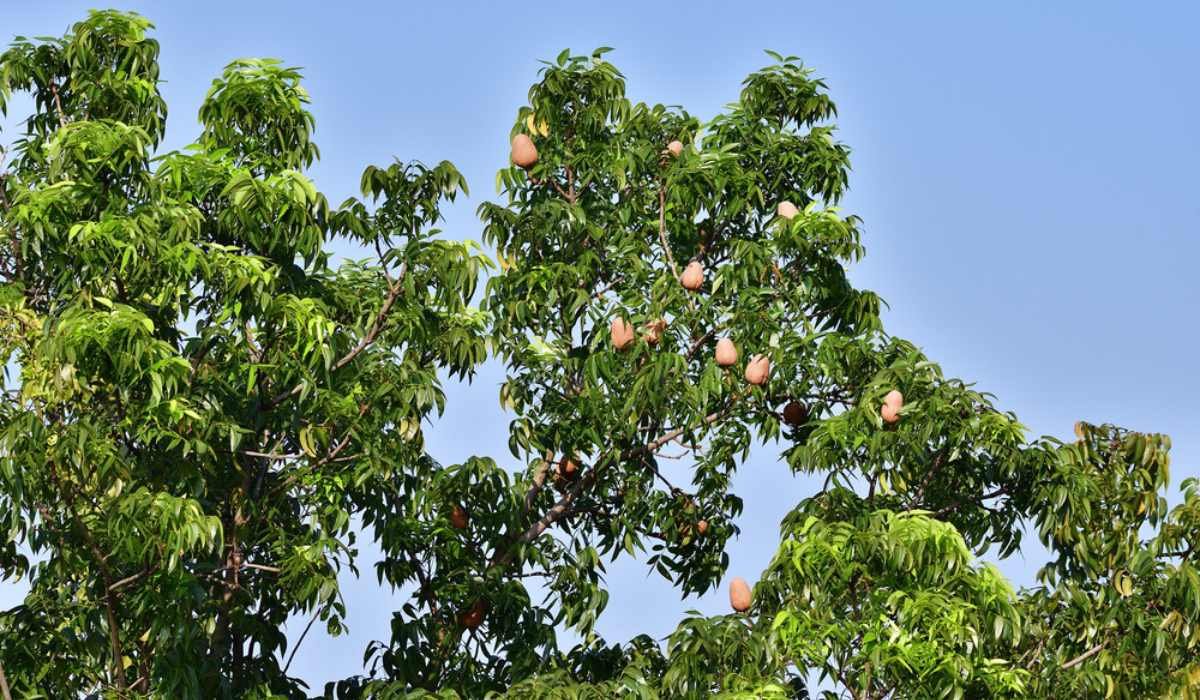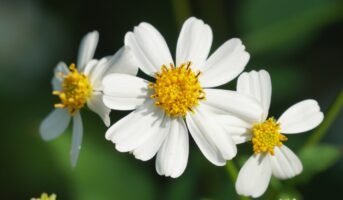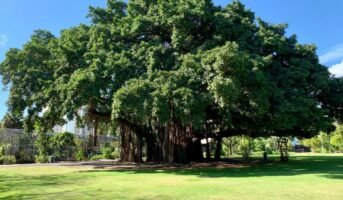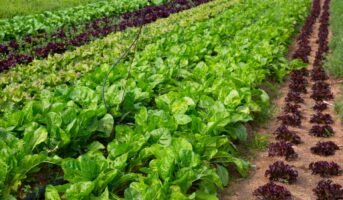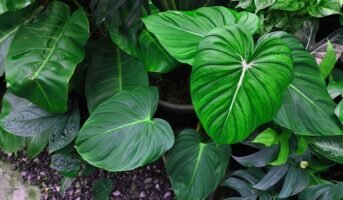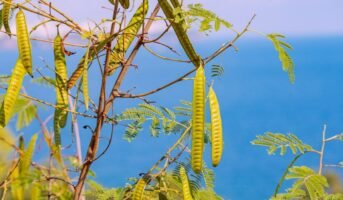Swietenia macrophylla, along with its other two species, is known around the world for being able to produce original quality timber. It is also commonly known as mahogany, big-leaf mahogany, Honduras Mahogany and even Honduran Mahogany and is cultivated naturally in the Philippines, Hawaii, Malaysia and Singapore.
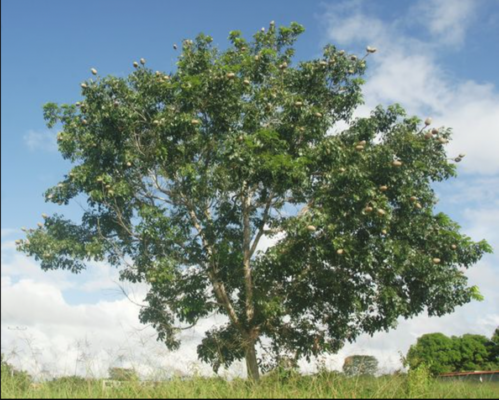
Source: Pinterest
Swietenia macrophylla: Key facts
| Type: Evergreen Tropical
Scientific name: Swietenia macrophylla Flower: White and green in the form of clusters Varieties available: 3 Also known as: big leaf mahogany, Honduras mahogany Season: All year long Sun exposure: 6-8 hours Water: Once a week Ideal temperature: Below 40 degrees Fahrenheit Soil Ph and type: Acidic to neutral, well-drained or clay soil Basic requirements: Frequent watering, proper sunlight, balanced fertiliser Maintenance: Low |
Distinguishing features of Swietenia macrophylla
Swietenia macrophylla is a tropical tree that grows steadily and generally reaches a height of at least 40 metres. The trunk of this plant looks textured as it is covered in grey and dark brownish cracks, and its thickness can range anywhere from 100-120 cm.
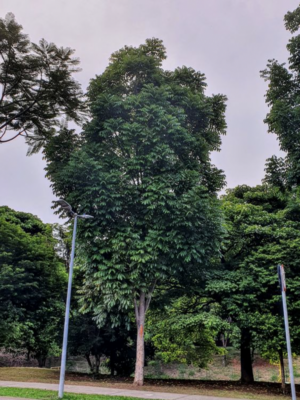
Source: Pinterest
The Swietenia macrophylla can grow up to a height of 114 ft and falls under the category of evergreen trees. Their crown is round in shape, having compound leaves and bear flowers in white or green that grow out into clusters. This Mahogany plant also produces fruits that are like brown coloured capsules, yet they are not edible as these are bitter to taste. Some key features of Swietenia macrophylla or Mahogany are:
- These trees bear fruits with winged seeds and are capable of self-fertilisation.
- Swietenia macrophylla grows favourably in well-drained loamy soils, but these can also be grown in heavy clay soils as they favour moist environments.
- Due to their natural height and ability to withstand strong winds, these plants are used in reforestation assignments and also as shade trees.
- Mahoganies do not possess or bear anything that can be consumed, but they do offer their wood and seed oil for various industrial purposes.
- The pollination of these plants is carried out by insects.
- The bark of these trees offers medicinal value, for they are used to treat health conditions like fever and diarrhoea.
How to grow a Swietenia macrophylla plant?
It is quite simple to grow a Swietenia macrophylla plant. Here are the steps to follow:
- First, you need to sow the seeds in light sand holes about five cm deep. Keep the soil moist during the seed germination stage and place the pot under shade.
- Now, continue to take care of your plant with regular weeding and watering. Once the plant is about 50-100 cm tall, it can be planted out in a field. Try to keep the roots of the plant moist during this stage to ensure that the plant survives.
- You can choose to go with a closed or wide spacing when planting the tree outside. Just ensure that the branches of the tree are regularly trimmed to reduce lateral growth and remove any weeds from the planting area from time to time.
How to keep your Swietenia macrophylla plant well-maintained?
Swietenia macrophylla plants develop into very independent trees, but they do need ample care during their growing stage. Looking for open spaces and checking the soil type would be the primary steps before planting a Mahogany tree, but here are a few tips you would need to follow to ensure your saplings’ health.
- Mahoganies need a lot of moisture, and they would also not survive if they fail to receive the water required for their growth. Thus, it is advisable to water your Mahogany once a week to ensure the soil is just moist. Although during the rainy season, you might need to regulate your watering routine depending on how much moisture your sapling is naturally receiving.
- Mahoganies can be grown in a wide variety of soils, but they survive the best in clay soils or well-drained ones, which help them to retain the moisture they need. Along with this, checking the pH of the soil is another crucial step, as these can grow in heavily acidic soils but not at all in alkaline ones.
- Use of fertiliser is one of the crucial aspects of caring for your sapling as it gives them a nutrient boost while they grow. Fertilisers can be used thrice a year, once in summer, spring and winter. Basic fertilisers work very well for mahoganies but do ensure that it’s balanced and the mixture is composed of equal parts. It is advisable to use fertilisers containing equal amounts of potassium, nitrogen and phosphorus. But the application of fertilisers should be made carefully; otherwise, there will be chances of potential weed growth that may damage the sapling.
- Trimming your Swietenia macrophylla once they start growing might not be severely important but is somewhat essential as branches tend to start growing upward, and this later becomes disadvantageous for the tree. Chopping off branches and limbs helps your plant grow out evenly and also ensures that the tree can tolerate storms or strong winds without any difficulties.
What are the uses of Swietenia macrophylla?
Swietenia macrophylla are huge evergreen trees that contribute towards filtering the quality and quantity of rainwater that reaches the ground. It is also used for crop plantation purposes as they are capable of providing shade and controlling sunlight exposure naturally. The bark of the Mahogany plant is used to produce dyes that are used in the process of tanning leather, while the trunk contributes towards the production of high-quality wood that is used to manufacture various furniture and musical instruments.
Benefits of growing Swietenia macrophylla
Growing Mahogany trees is not much hassle, and they do offer a wide variety of benefits. Some of them are:
Potting medium
The Mahogany tree bears fruits once a year. Even though these fruits are not edible by nature, their shells can be crushed and used as a potting mixture for growing other plants.
Anti-inflammatory properties
Mahogany has anti-inflammatory and antioxidant effects, which is why it is used to treat various ailments relating to inflammation and infections. The seeds of this plant are also known to be able to control blood pressure and sugar levels and thus are used to make traditional medicines in some parts of Indonesia, South America and India.
Blood purification
Just as Mahogany seeds are known to control hypertension and blood pressure, the leaves of this plant also offer medicinal value. The leaves contain lycopene, a strong antioxidant that helps to purify the blood and even takes care of the intestine. The consumption of these leaves also reduces the risk of breast cancer.
FAQs
Are mahoganies toxic?
Mahogany plants are not toxic, but most parts of the plant are not edible, which is why raw consumption might cause a problem for some people.
What are Swietenia macrophylla fruits called?
Swietenia macrophylla fruits are named sky fruits because of how they shed and fall to the ground.
What is the lifespan of mahogany?
The average lifespan of Mahogany trees is more than 350 years.
How much sunlight exposure is required for growing mahogany?
Mahoganies need a lot of sun exposure during their growing years, so it is advisable to grow the tree in places that receive direct sunlight.
Housing News Desk is the news desk of leading online real estate portal, Housing.com. Housing News Desk focuses on a variety of topics such as real estate laws, taxes, current news, property trends, home loans, rentals, décor, green homes, home improvement, etc. The main objective of the news desk, is to cover the real estate sector from the perspective of providing information that is useful to the end-user.
Facebook: https://www.facebook.com/housing.com/
Twitter: https://twitter.com/Housing
Email: [email protected]
